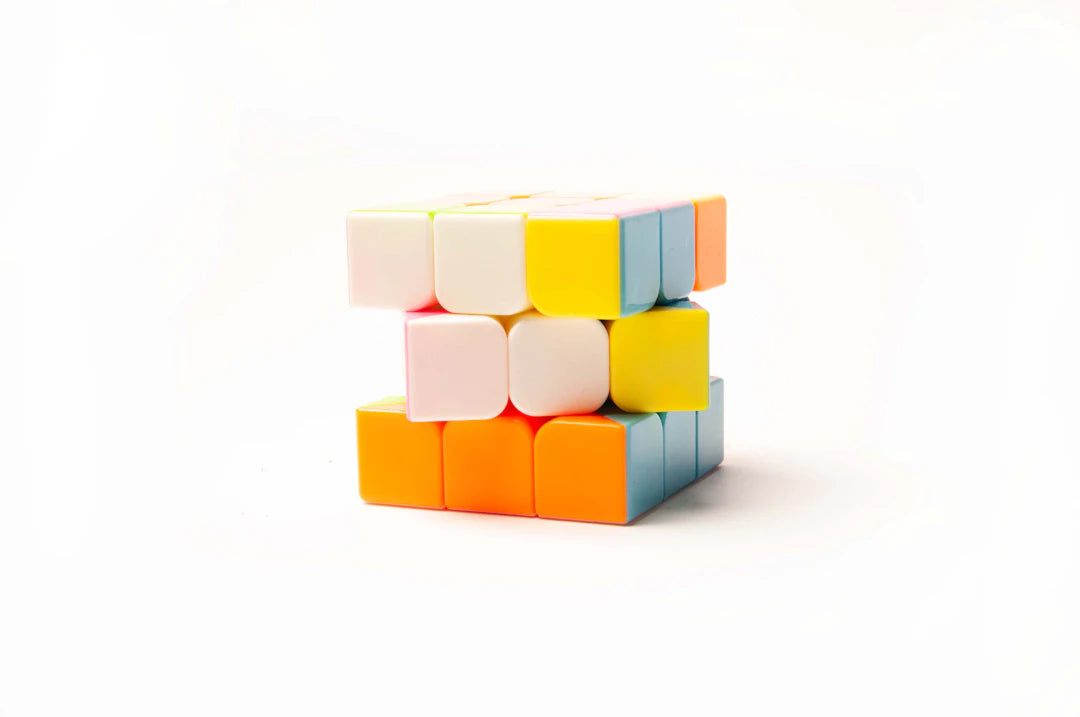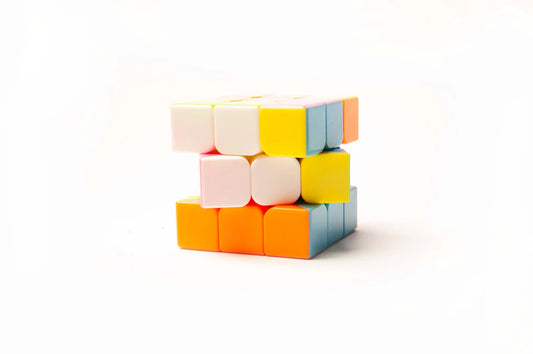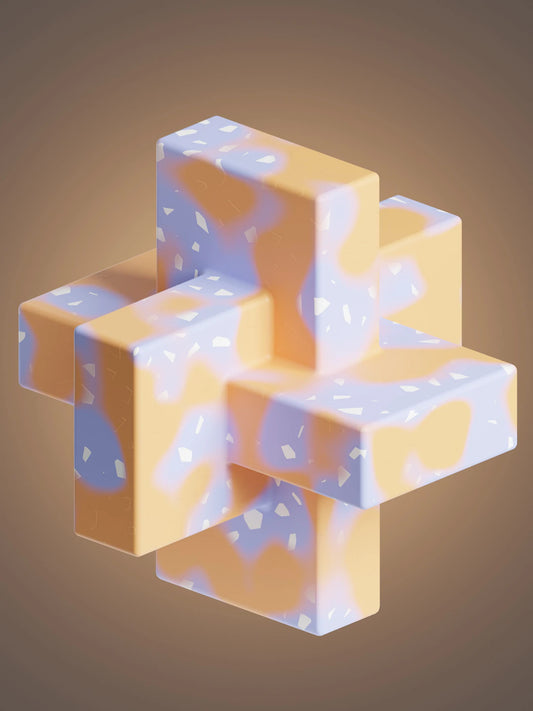
Delightful Ways to Reuse Leftover Sugar Cubes
Share
Overview
Leftover sugar cubes can be creatively repurposed in various ways, including sweetening beverages, enhancing baking, crafting decorations, making natural home fragrances, creating table settings, entertaining kids, promoting sustainability, and even making pet treats. Embrace these ideas to reduce waste and add sweetness to your daily life!
Frequently Asked Questions
1. What are some creative ways to use leftover sugar cubes?
2. Can I use sugar cubes to enhance my beverages?
3. How can I incorporate sugar cubes into baking?
4. What are some DIY projects I can do with sugar cubes?
5. Are sugar cubes safe for pets?
Leftover sugar cubes don’t have to end up in the trash. These little sweeteners can spark joy and creativity in your everyday life! Whether you're looking to elevate your cooking or simply want to get crafty with them, sugar cubes can be an unexpected ally in your home. Here are some innovative and fun ideas for using those leftover sugar cubes, perfect for the resourceful sweet tooth.
1. Sweetening Beverages like a Pro
One of the most obvious uses for leftover sugar cubes is to sweeten your favorite drinks. But don't just limit them to tea and coffee! Here are some ideas to expand your beverage horizon:
Enhance Your Tea and Coffee
Using sugar cubes in your daily tea or coffee routine adds a touch of class. Simply drop a sugar cube in your cup, allowing it to dissolve slowly, providing a delightful sweetness to each sip. Experiment with different amounts depending on your taste preference. For an added twist, try different flavored sugar cubes!
Party-Ready Sweet Cocktails
Host the perfect soirée by utilizing sugar cubes in cocktails. Muddle them with mint, lemon, or fruits to create a delightful concoction that’s not only refreshing but visually appealing. Classic drinks, like Mojitos or Old Fashioneds, can be elevated with the touch of a sugar cube, offering a unique blend of sweetness and flavor.
2. Flavorful Infusions for Baking
Transform your baking game by incorporating leftover sugar cubes into your recipes. Here are a few clever ideas:
Herb-Infused Sugar Cubes
Create herbal sugar by infusing sugar cubes with fresh herbs like rosemary, thyme, or lavender. Crush the cubes and mix them into cake batters, frosting, or even into homemade jams to impart delightful flavors that will amaze your guests.
Fruit-Infused Desserts
Enhance your desserts with fruity flavors by soaking sugar cubes in fruit juices or purees. Use these cubes in cakes, pastries, and even marinades for savory dishes. Imagine a citrus-infused sugar cube melting into your pound cake batter for an explosion of flavor!
3. Crafting and DIY Possibilities
If you’re someone who enjoys creative projects, leftover sugar cubes can also serve as a perfect canvas. Let your imagination run wild:
Decorative Crafts
Use sugar cubes for decorative projects, such as creating a miniature sugar cube house or sculpture. These can serve as charming centerpieces for events or as whimsical decorations in your home. You can paint them or even glitter them to add a festive touch!
Personalized Gifts
Create personalized gifts using sugar cubes. Pack them in cute jars with labels, suggesting fun uses like drink recipes or infused flavor ideas. This makes a thoughtful gift for friends, family, or colleagues who appreciate culinary delights.
4. Natural Home Fragrance
Leftover sugar cubes can also be repurposed into eco-friendly home fragrances:
Essential Oil Infusion
Infuse sugar cubes with a few drops of your favorite essential oils. Place them in a decorative bowl around your home. This masterpiece not only serves as a beautiful décor item but also releases pleasant fragrances that can uplift your mood.
DIY Scented Sachets
Wrap infused sugar cubes in organza bags and place them in drawers or closets as scented sachets. These little delights can keep your garments smelling fresh, and they can be a delightful surprise for guests in your home.
5. Creative Centerpieces and Table Settings
Make your dining experience special by incorporating sugar cubes into your table settings:
Elegant Place Settings
Use sugar cubes to create beautiful place settings for dinner parties or holiday gatherings. Fill small glass jars with sugar cubes for an elegant touch. This not only acts as a sweet addition for beverages but also becomes a conversation starter among guests.
Edible Centerpieces
Create edible centerpieces by arranging sugar cubes on a platter, interspersed with fruits, flowers, or greenery. This visually stunning arrangement can double as both a design statement and a delightful treat for your guests.
6. Kids’ Activities and Games
Looking for fun things to do with the kids? Sugar cubes can lead to hours of entertainment:
Educational Building Blocks
Allow the kids to use leftover sugar cubes as building blocks. They can construct various shapes and structures, harnessing their creativity while also developing fine motor skills. Add a fun twist by asking them to decorate their creations with frosting or edible paints!
Fun with Measurements
Teach kids about measurements by using sugar cubes in a cooking or baking activity. They can learn fractions and basic arithmetic while making delicious treats, showing that education can be sweet!
7. Sustainable Living and Zero Waste
Embracing sustainability and a zero-waste lifestyle is more important than ever. Leveraging leftover sugar cubes in creative ways is an excellent practice:
Reduce Food Waste
Using sugar cubes creatively prevents food waste and helps foster mindful consumption. It’s a wonderful way to think outside the box and make full use of the materials you have on hand.
Teaching Sustainability
Involve the entire family in discussions about sustainability and simple practices you can engage in at home. Emphasize how these delicious little cubes can have numerous lives rather than just being sweeteners.
8. A Sweet Addition to Pet Treats
Leftover sugar cubes can also be creatively repurposed for your pets:
DIY Pet Treats
While sugar isn’t recommended for all pets, you can use sugar cubes sparingly in homemade dog or cat treats, provided they are safe and suitable for your specific animal. Mixing with healthy ingredients can create a tasty treat for your furry friends.
Homemade Pet Training Rewards
Use tiny bits of sugar cube pieces as a reward for training your pets. Most pets respond well to sweet rewards, which can motivate them to learn new tricks and behaviors. Just ensure to limit portions to maintain their health!
Unlocking the Gems of Sugar Cubes
Whether through culinary adventures, crafting creativity, or enhancing experiences, leftover sugar cubes provide a world of possibilities that can take your routine to the next level. By being resourceful, you not only reduce waste but also add a sprinkle of sweetness to your life. The next time you find yourself with leftover sugar cubes, remember this guide and let your imagination soar! Embrace these delightful opportunities and redefine what it means to be sweet.



